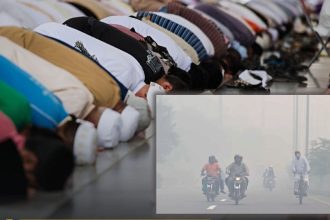The pioneer of the little black dress and the strategies behind the House of Chanel were the subjects of an in-depth presentation by Eric Touze at the Alliance Francaise yesterday.
The presentation began with a quiz on the hugely influential French designer comprising some basic questions — what year was her fashion house founded — and some challenging ones — what clothing did Coco Chanel not like for a woman.
While people are aware of Chanel as a brand, however it is important to know the political and cultural context of the time in which Chanel created her unique fashion identity. It was the time of World War One that left a large number of widows and single women to fend for themselves. They entered the workforce and were looking for clothes that were simple and elegant.
Gabrielle Chanel was born in Saumur and had a difficult childhood mired in poverty. Her mother died when she was 12. Left to fend for herself she became a cabaret singer in Moulins where she acquired the nickname Coco. According to Mr Touze this job allowed her to meet her first beau Etienne Balsan, a businessman and landowner, and through him she became a part of the social elite of the time. A talented woman with a natural inclination for fashion, she with Balsan’s help opened her first shop in 1909 that specialised in making hats.
The next man in her life helped her open her first boutique that was a huge success.
The business model of the House of Chanel generated derivative products such as costume and diamond jewellery. Interestingly, it was the perfume Chanel No 5 that was the most profitable venture of the House of Chanel. Since the 1980s the House of Chanel has under a strategy of internationalisation opened more than forty Chanel boutiques worldwide. It massively used actors and celebs in their ad campaigns including Marilyn Monroe, Claudia Schiffer, Vanessa Paradis, Catherine Deneuve, Winona Ryder, Nicole Kidman and Brad Pitt.







